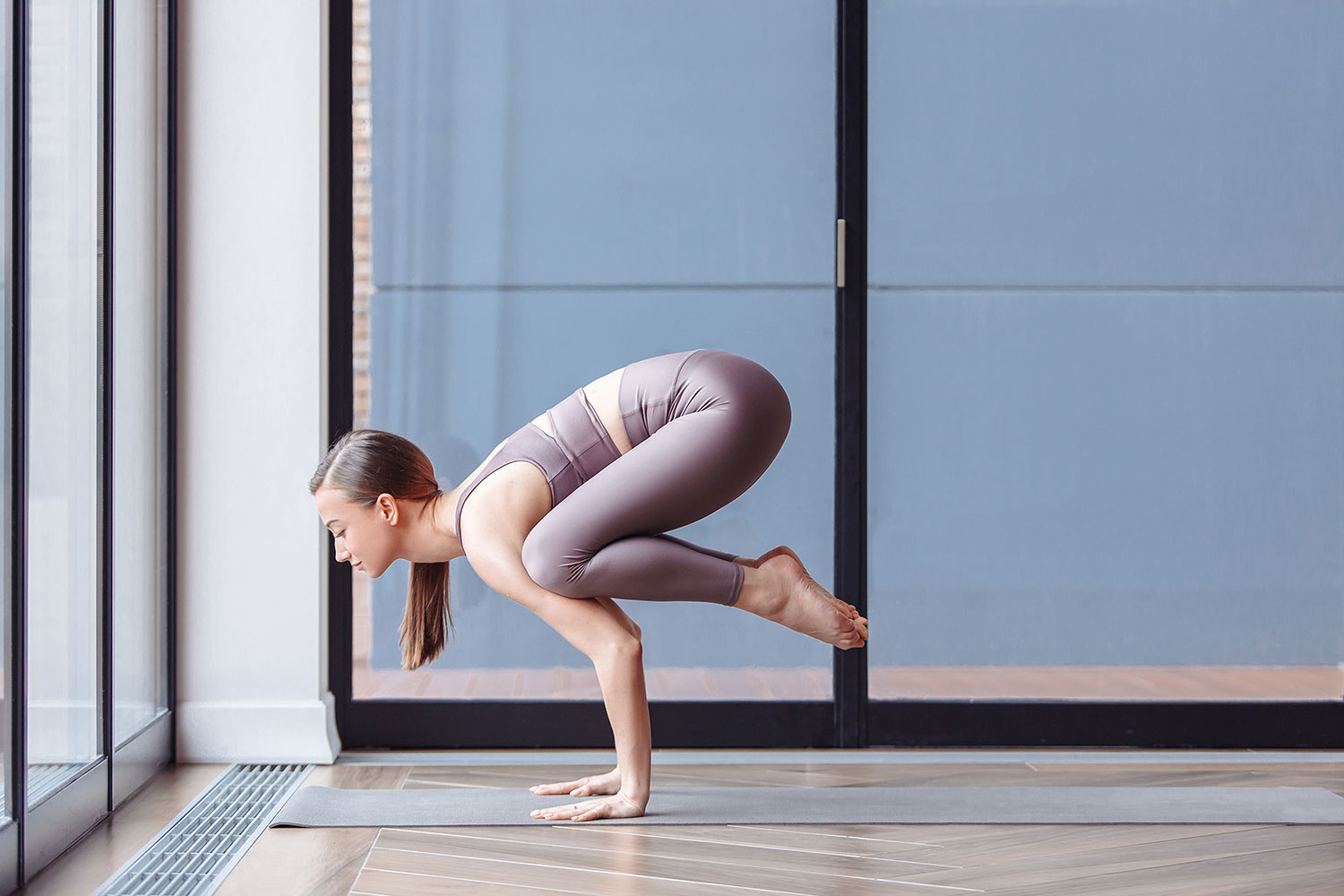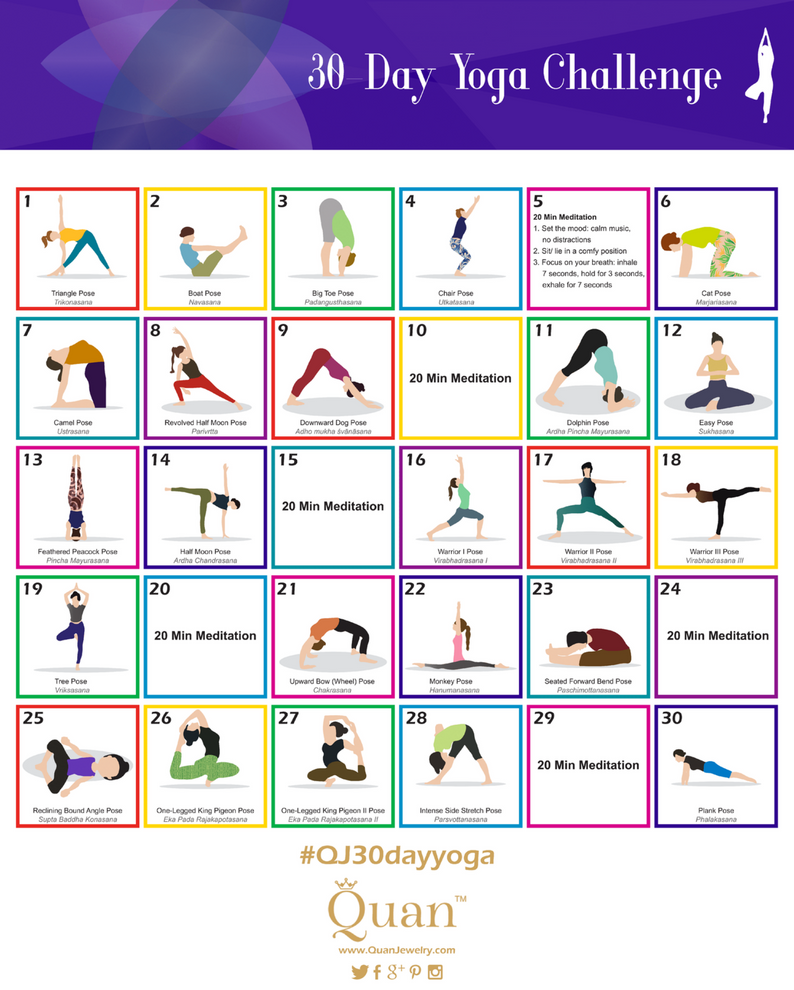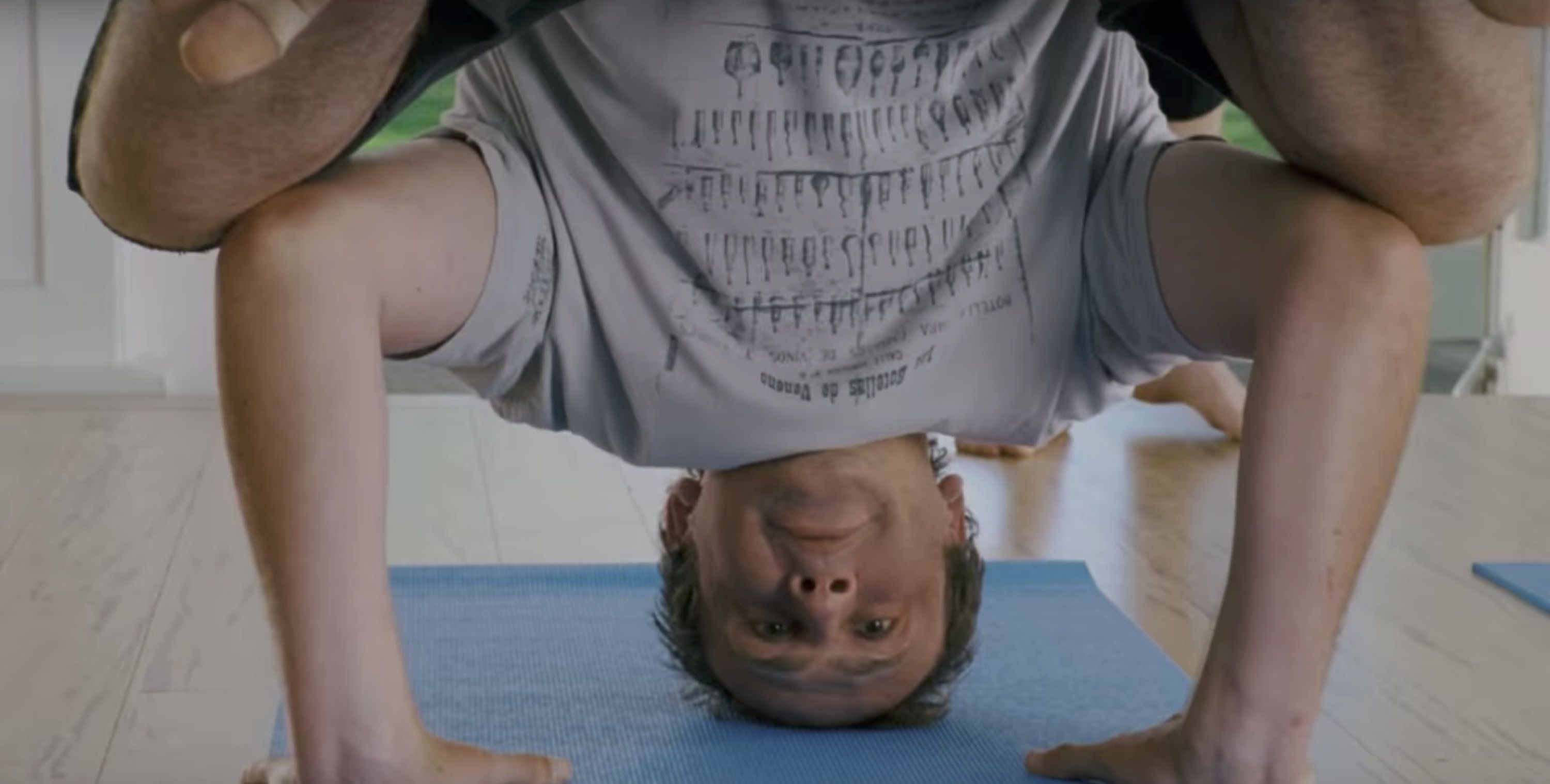
Hatha yoga is a style of yoga that utilizes physical techniques to channel the vital energy and keep it flowing. Its Sanskrit name, haha, means "life force" in Sanskrit. This discipline involves more than just a series poses and mudras. Bandhas and mudras are also required.
Pose sequences
Hatha yoga has sequences and poses linked together to create flow. These sequences can be one-movement. Or they could be a series of poses that flow one after the other without interruption. Some sequences are universal while others may only be available to a single teacher or school.
Mudras
Hatha yoga has many Mudras that can be used to express your feelings. This non-verbal means of communication helps you connect to and influence your subtle body. These gestures are used to direct the flow of prana and induce an experience of expanded awareness.

Bandhas
Bandhas are internal energy gates that redirect energy flow and activate dormant spiritual possibilities within the embodied soul. Bandhas can be disrupted by yogic practices and open up a path to flow. This is a constant spiritual reconnect with the great expanse of the Being.
Flow phase
The Flow phase in Hatha yoga is the integration of asanas and conscious breathing. This will strengthen your body's muscles, and increase flexibility. The poses also help prevent injury and relieve back and neck pain. They can also reduce stress. This phase can be very beneficial for beginners.
Asanas
Hatha yoga, a discipline that integrates breathing techniques with physical exercises, is designed to strengthen the body as well as the mind. It promotes harmony between mind and body while encouraging a balanced approach to life. It can also serve as a spiritual practice. This helps to transform the practitioner’s thinking, emotions, experiences, and outlook.
Yamas
In order to make your practice effective, you should focus on the Yamas during every practice. They will help identify patterns and their origins. You may even experience an insight or epiphany as you study your practice. Meditation and contemplation are important for your practice and can help integrate the Yamas into your day.

Niyamas
You may want to practice another Niyama after you have mastered the first one. You may even want to take on more than one at a time. Either way, be patient and don't hurry. It is important to take time to reflect upon your experience. If you have had any challenges in practicing the Niyama, you may want to make some changes to your practice.
Purification
Purification refers to the process of eliminating "rubbish” from the body and replacing with "positive" energy. Hatha Yoga purification of the body is often described as a puritanic ritual. However, the goal is harmony between the body and mind. These practices can be very beneficial for many reasons, not just the physical. These practices can be used in a systematic fashion to balance all aspects your being.
Self-experimentation
Self-experimentation in Hatha Yoga is the process of discovering your own inner experience. It is important to understand Hatha yoga, but they won't be of much use if you do not have an understanding of it. This is similar to how Michelangelo, a highly successful artist, had an intuitive feeling for his subject. People who are successful in business, literature and farming have this same intuition.
FAQ
Is 20 minutes of Yoga a Day enough?
Yoga should not just be exercise. It is a time to reflect on your life and how you live it.
My friend introduced me to yoga a few years back. He had been practicing it for many decades. He explained that he used to do yoga for 20 minutes every morning. This helped him feel more calm throughout the day.
It made a huge difference in my overall health and well-being. I have continued to practice yoga regularly since then and find that it helps me relax and focus when working at my desk.
Find what works for you, and then set realistic goals. Yoga does not have to be an exhausting activity.
How long does it take for yoga to be effective?
It takes time to practice yoga, but it is always a good workout. It takes time to increase strength, flexibility, endurance. Start slow, then increase intensity until you reach your optimal level.
Consistency will be the key. The more often you practice, the better you become at it.
What happens if I stop practicing yoga?
It's normal to lose interest in an activity after a while. You may notice stiffer muscles if your yoga practice is discontinued. Poor posture, lack or aging may all lead to stiffness.
If you find it less flexible over time, consider retaking a few classes. It's important to maintain a regular routine. Exercise strengthens your bones and muscles. So make sure to get enough sleep and eat well.
Statistics
- The people in the yoga group were 37 percent more likely to have quit smoking by the end of the 8-week program. (nccih.nih.gov)
- According to the Agency for Healthcare Research and Quality, falls are incredibly common among older adults in nursing facilities. Even the simplest ones can increase the risk of death (24). (healthline.com)
- Lock in 25% off your Founding Member rate. (corepoweryoga.com)
- According to calorie estimates calculated at Harvard Medical School, the average 125-pound person burns about 120 calories in a half hour of hatha yoga, and a 185-pound person burns about 178 calories in that half hour. (everydayhealth.com)
- A 2020 review of 27 studies (1,805 total participants) of yoga interventions in children or adolescents found reductions in anxiety or depression in 70 percent of the studies, with more promising results for anxiety. (nccih.nih.gov)
External Links
How To
What is the best position to practice yoga?
There are no wrong or right ways to practice yoga. Every person is different. You only need to know which positions feel comfortable for you.
These are some of the most common positions:
For beginners, standing poses are a good choice because you can see your body from various angles. They also make it easier to focus on breathing.
Forward bends – Forward bends can be used to loosen tight areas in the body. These can be done while you are sitting or lying down.
Backbends – Backbends are considered to be advanced poses. If you want to try one, you should seek advice from your instructor.
Inversions - Inversions are poses that require you to balance yourself upside down. This type of yoga can be challenging but rewarding.